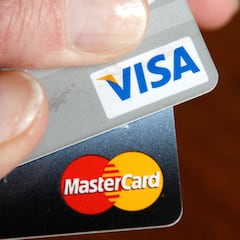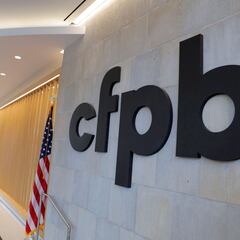Why will student loan payments be cut in half in July?
Changes to President Biden’s student SAVE plan will be coming into force from 1 July in the latest attempt to assuade student debt fears.

Last year, the Biden administration launched its newest student loan repayment program called Saving on a Valuable Education (SAVE) plan.
According to the Department of Education there are now 7.7 million borrowers enrolled in the SAVE Plan. Of those, 4.3 million have a $0 payment. The agency is actively reaching out to borrowers who are eligible for early relief but not currently enrolled to encourage them to sign up.
Starting in July, undergraduate loan payments could be cut in half when additional benefits under the SAVE Plan go into effect. Here’s a look.
Why will student loan payments be cut in half in July?
The SAVE Plan increased the income exemption from 150% to 225% of the poverty line based on family size, the thresholds will be higher in Hawaii and Alaska. Borrowers are currently required to make monthly payments equivalent to 10% of their discretionary income, the amount of your adjusted gross income in excess of the exemption. However, in July, that will be reduced to just 5%, in effect cutting monthly payments in half.
Those with graduate and undergraduate loans, depending on their original loan balance, will pay between 5% and 10% of their discretionary income.
Previously, your spouse's income was included as part of the total income used to determine your monthly payment, regardless of your tax filing status.
— Federal Student Aid (@FAFSA) February 22, 2024
That's not the case with the SAVE Plan.
Learn more: https://t.co/hjCuEWqtD7 pic.twitter.com/IhCivi50jF
Additional SAVE Plan benefits taking effect in July
The SAVE Plan also capped the maximum repayment period at 20 years (120 months of qualified payments) for those with only undergraduate loans and 25 years (180 months of qualified monthly payments) for those with any graduate school loans.
But also starting in July that will drop to as few as 10 years for those who originally took out $12,000 or less federal student loan debt. For larger balances, one extra year will be added for every $1,000 over $12,000 with the maximum cap at 20 and 25 years of payments. Even those who have $0 monthly payments will have those months count toward qualified payments.
Related stories
Other benefits taking effect include receiving credit toward debt forgiveness for borrowers who consolidate loans. As well as credit for specific periods of deferment and forbearance and “borrowers can make additional “buyback” payments to get credit for most other periods of deferment or forbearance,” states Student Aid.
Additionally, borrowers who have agreed to let Student Aid securely access their tax information will be automatically enrolled in an IDR plan if they fall behind 75 days or more on their monthly payments. You will be enrolled in whichever plan that will give you the lowest payment amount that you qualify for.



Complete your personal details to comment